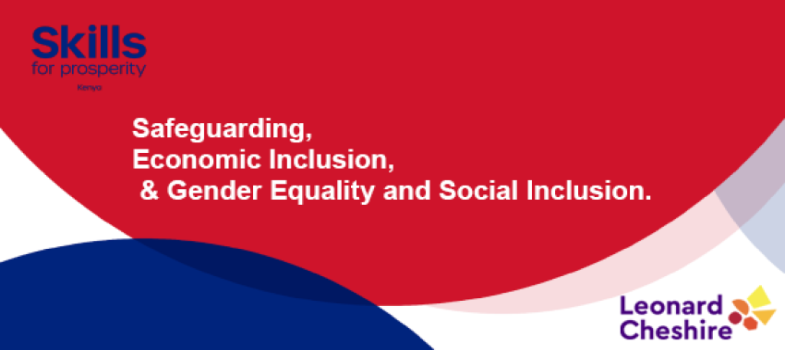1.4.13 Summary
- Advocacy and influencing aims to create awareness among decision makers. The goal is to change attitudes and practices to shape more inclusive institutions, policies, legislation, labour markets and market systems.
- An inclusive labour markets directly relate to the structural underpinnings of economic inclusion. Policy / systems changes that move toward inclusion will be better for all and advance the Economic Inclusion agenda.
- Advocacy is a continuous process that requires specific and realistic goals that are rooted in evidence-based solutions. It calls for dedicated resources such as time, finances, staff, social and political capital.
- Some organizations like the organisations of Persons with Disabilities (OPDs) are great advocacy organizations that has strong skills and background running lobbying and influencing activities. For successful advocacy and influencing on issues related to disability inclusion and inclusive employment, TVET/HE could partner with various OPDs.
- There are many different models for building and executing an advocacy and influencing strategy. Some of these models include: Leonard Cheshire’s 6-step approach for advocacy and influencing, and Nine Questions Modelfor Strategy Planning.
- The problem tree, which is also referred to as situational analysis, can be used to identify the advocacy target and can help map out the anatomy of the causes and effects around an issue.
- Partnerships to achieve a particular goal can take many different forms, depending on the organisation and situation. Stakeholder mapping can help to identify which partners are interested in entering into a partnership agreement. However, to understand the type of agreement the following should be considered:
- What are their key objectives, successes and values?
- What expertise and credibility do they have in their specific area?
- What are the risks to the partnership?
- There are different types of partnerships that can be established depending on the partners and their situation. Examples of types of partnerships include:
- 1:1 or individual Partnerships
- Alliances
- Coalitions

| Previous | Next |






